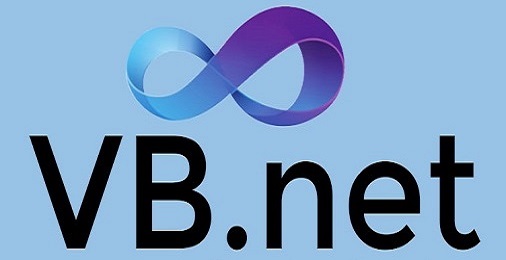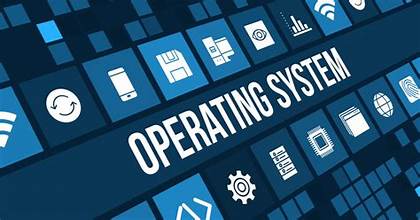
Visual Basic .NET: A Comprehensive Guide

Introduction to Visual Basic .NET:
Visual Basic .NET (VB.NET) is a modern object-oriented programming language developed by Microsoft. It is part of the .NET framework and is widely used for building Windows applications, web applications, web services, and more. VB.NET is an evolution of the classic Visual Basic language, offering improved features, performance, and compatibility with the .NET ecosystem.
Key Features of Visual Basic .NET:
- Object-Oriented Programming (OOP): VB.NET supports object-oriented programming principles, including classes, inheritance, polymorphism, and encapsulation. This allows developers to create modular and maintainable code.
- Integration with .NET Framework: VB.NET is fully integrated with the .NET framework, providing access to a vast ecosystem of libraries and tools for building diverse applications.
- Event-Driven Programming: VB.NET follows an event-driven programming model, where actions or events trigger specific functions or procedures. This makes it well-suited for building interactive user interfaces and responsive applications.
- Rapid Application Development (RAD) Features: VB.NET includes features like drag-and-drop visual designers, form inheritance, and automatic code generation, enabling rapid prototyping and development of Windows applications.
- Cross-Language Interoperability: VB.NET is interoperable with other .NET languages like C# and F#, allowing developers to use components and libraries written in different languages within the same application.
- Security: VB.NET provides built-in security features such as code access security, role-based security, and encryption, helping developers create secure and robust applications.
- Database Connectivity: VB.NET includes robust data access features for connecting to and manipulating databases, including support for ADO.NET, LINQ to SQL, and Entity Framework.
- Web Development: VB.NET can be used for server-side web development using technologies like ASP.NET Web Forms, ASP.NET MVC, and ASP.NET Core, allowing developers to build dynamic and interactive web applications.
Uses of Visual Basic .NET:
- Windows Application Development: VB.NET is commonly used for building Windows desktop applications, including utilities, productivity tools, and business applications.
- Web Development: VB.NET can be used for server-side web development, creating dynamic websites, web services, and web applications that run on the ASP.NET platform.
- Database Applications: VB.NET is well-suited for developing database-driven applications, such as customer relationship management (CRM) systems, inventory management systems, and enterprise resource planning (ERP) software.
- Game Development: While less common than other platforms, VB.NET can be used for game development using libraries and frameworks like DirectX or Unity with .NET support.
- Enterprise Solutions: VB.NET is used in enterprise environments for developing mission-critical applications, including financial systems, healthcare solutions, and business intelligence tools.
Conclusion:
Visual Basic .NET is a versatile and powerful programming language used for developing a wide range of applications, from Windows desktop software to web applications and beyond. With its intuitive syntax, rich feature set, and seamless integration with the .NET framework, VB.NET remains a popular choice for developers seeking to build robust and scalable solutions. Whether you’re a beginner learning programming or an experienced developer working on enterprise projects, Visual Basic .NET offers the tools and capabilities to bring your ideas to life.




